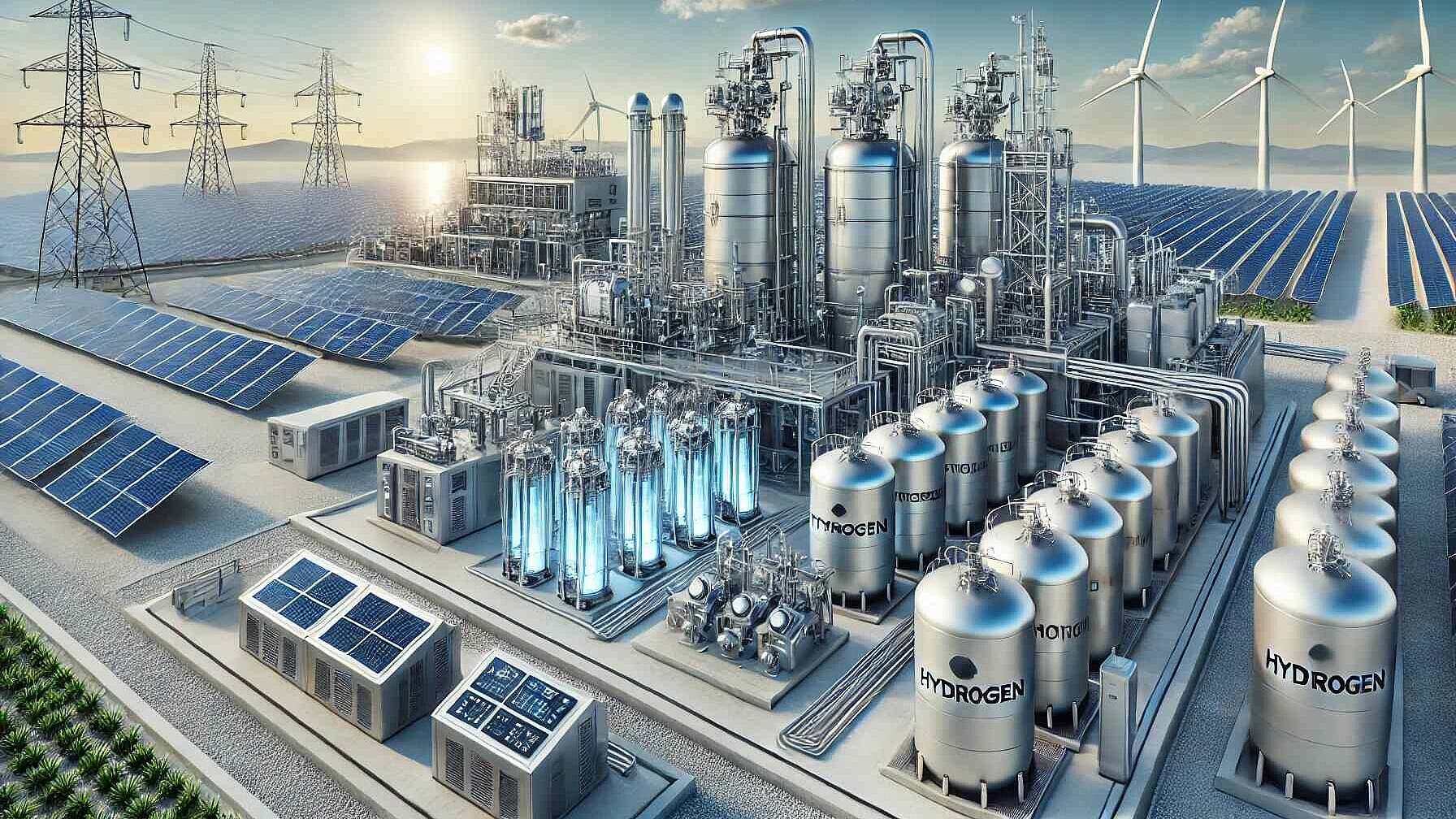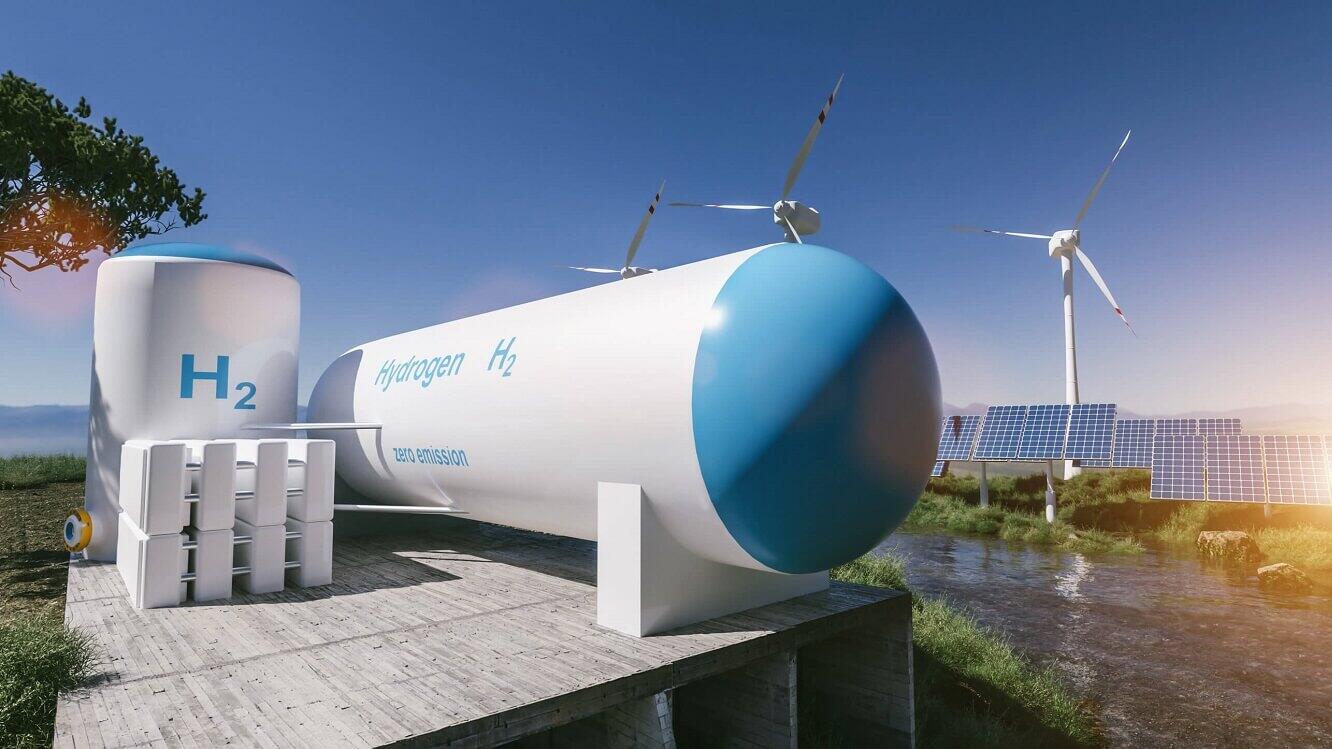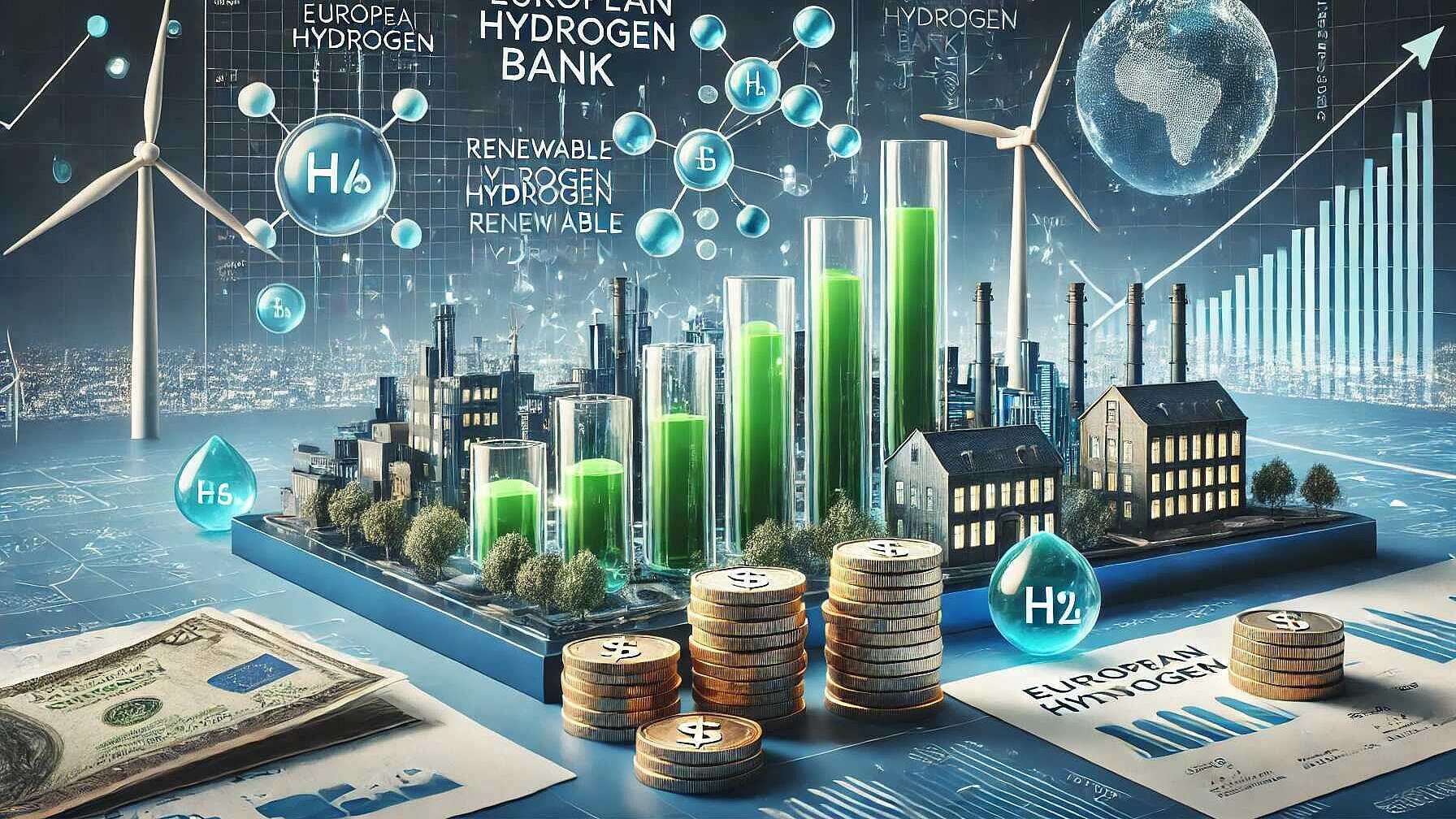 Energy Infrastructure
Energy InfrastructurePowering the Future: A Comprehensive Look at Hydrogen Production Methods
Summary
The research paper provides an extensive evaluation of 19 hydrogen production methods based on efficiency, cost-effectiveness, and sustainability. It shows that the current production is dominated by fossil fuels, primarily steam reforming of natural gas, which, while economically viable and technically mature, has a high carbon footprint. Renewable 'green' hydrogen production is more environmentally friendly but currently lags in efficiency and cost.
The paper assesses different production methods, including electrical (like electrolysis), thermal (like biomass gasification), photonic (like photocatalysis), and hybrid approaches. Key findings highlight the high efficiency but significant emissions of fossil fuel reforming and the low efficiency but minimal environmental impact of photonic and hybrid methods. Trade-offs are evident between cost/efficiency and sustainability.
The paper underscores the potential of improving electrolysis with renewable electricity, advances in solar hydrogen methods, thermochemical cycles using high-temperature heat, and sustainable biomass routes. Novel technologies, like artificial photosynthesis, are emerging alongside projects like the EU-funded STORMING, which aims to produce low-emission hydrogen from methane.
To transition to a sustainable hydrogen economy, the paper advocates for continued innovation to reduce costs and improve efficiencies, better materials for catalysts, optimized scale-up strategies, enhanced carbon capture, and thorough life-cycle assessments. With global investment growing, hydrogen is poised to play a vital role in the sustainable energy landscape, combining economic and environmental sustainability.
Open full article
Powering the Future: A Comprehensive Look at Hydrogen Production Methods
As the world grapples with the urgent need to transition away from fossil fuels and reduce greenhouse gas emissions, hydrogen has emerged as a promising clean energy carrier. But not all hydrogen is created equal when it comes to environmental impact. A new comprehensive analysis examines 19 different hydrogen production methods to determine which offer the best combination of efficiency, cost-effectiveness, and sustainability.
The State of Hydrogen Production Today
Currently, around 95% of hydrogen is produced from fossil fuels, primarily through steam reforming of natural gas. While this method is technically mature and relatively low-cost, it results in significant carbon dioxide emissions. As we look to develop a truly sustainable hydrogen economy, there is growing interest in "green hydrogen" produced from renewable sources with minimal environmental impact.
Assessing the Options
Researchers evaluated hydrogen production methods using six key criteria:
- Energy efficiency
- Exergy efficiency (maximum useful work)
- Production cost
- Global warming potential
- Acidification potential
- Social cost of carbon
The production methods were grouped by primary energy source:
- Electrical (e.g. electrolysis)
- Thermal (e.g. thermochemical water splitting)
- Photonic (e.g. photocatalysis)
- Hybrid approaches combining multiple energy sources
Key Findings
Efficiency: Fossil fuel reforming remains the efficiency leader at 83%, while solar-based methods like photocatalysis lag far behind at less than 2% efficiency. Thermal methods like biomass gasification also show strong efficiency.
Cost: Fossil fuel-based methods are still the cheapest, with reforming at $0.75/kg H2. Emerging technologies like photoelectrochemical production are much costlier at over $10/kg.
Environmental Impact: Photonic and hybrid methods have near-zero emissions and very low environmental impact. Fossil fuel and biomass-based methods have the highest emissions and acidification potential.
The Tradeoffs
There are clear tradeoffs between efficiency/cost and environmental impact. Mature fossil fuel technologies offer high efficiency and low costs, but poor sustainability. Emerging renewable methods are cleaner but less efficient and more expensive.
Hybrid approaches combining multiple energy sources show promise in balancing these factors. Hybrid thermochemical cycles achieved the highest overall ranking when considering all criteria.
Pathways to Sustainable Hydrogen
While fossil fuel-based hydrogen can play a transitional role, truly sustainable hydrogen production will require further development of renewable methods. Some promising approaches:
Improving Electrolysis: Coupling electrolyzers to renewable electricity could enable zero-emission hydrogen at increasing scale. Advances in electrolyzer technology are steadily bringing down costs.
Solar Hydrogen: Photocatalysis and photoelectrochemical methods offer a direct solar-to-hydrogen pathway, but need major efficiency improvements to be viable.
Thermochemical Cycles: Using high-temperature heat from concentrated solar, nuclear, or industrial waste to drive water-splitting cycles shows strong potential.
Biomass Routes: Gasification and reforming of sustainable biomass feedstocks could provide low-carbon hydrogen, though careful life-cycle assessment is needed.
Novel Approaches: Emerging technologies like artificial photosynthesis aim to mimic natural processes for efficient solar hydrogen production.
The STORMING Project: Pushing Boundaries
As researchers work to advance hydrogen production methods, innovative projects are exploring new frontiers. One example is the EU-funded STORMING project, which is developing breakthrough structured reactors heated by renewable electricity to convert methane into hydrogen and valuable carbon nanomaterials. By combining hydrogen production with carbon capture in novel reactor designs, STORMING aims to create a pathway for low-emission hydrogen from both fossil and renewable methane sources.
The Road Ahead
Transitioning to a sustainable hydrogen economy will require continued innovation across production methods. Key priorities include:
- Driving down costs and improving efficiencies of renewable hydrogen routes
- Developing better catalysts and materials for electrolyzers and solar hydrogen devices
- Optimizing system integration and scale-up of promising technologies
- Advancing carbon capture capabilities for fossil-based transitional approaches
- Conducting thorough life-cycle analyses to identify truly sustainable pathways
With global investment in hydrogen technologies accelerating, we can expect rapid progress in the coming years. While challenges remain, hydrogen's potential as a versatile, clean energy carrier makes it a crucial piece of the sustainable energy puzzle.
The comprehensive analysis of production methods provides a valuable roadmap, highlighting the most promising routes to pursue. By strategically advancing a portfolio of complementary technologies, we can build a hydrogen economy that is both economically viable and environmentally sustainable.
As we stand at the threshold of the hydrogen age, the future looks bright for this lightweight element with heavyweight potential. Through continued research, development and smart policy, hydrogen can play a pivotal role in powering a cleaner, more sustainable world for generations to come.



